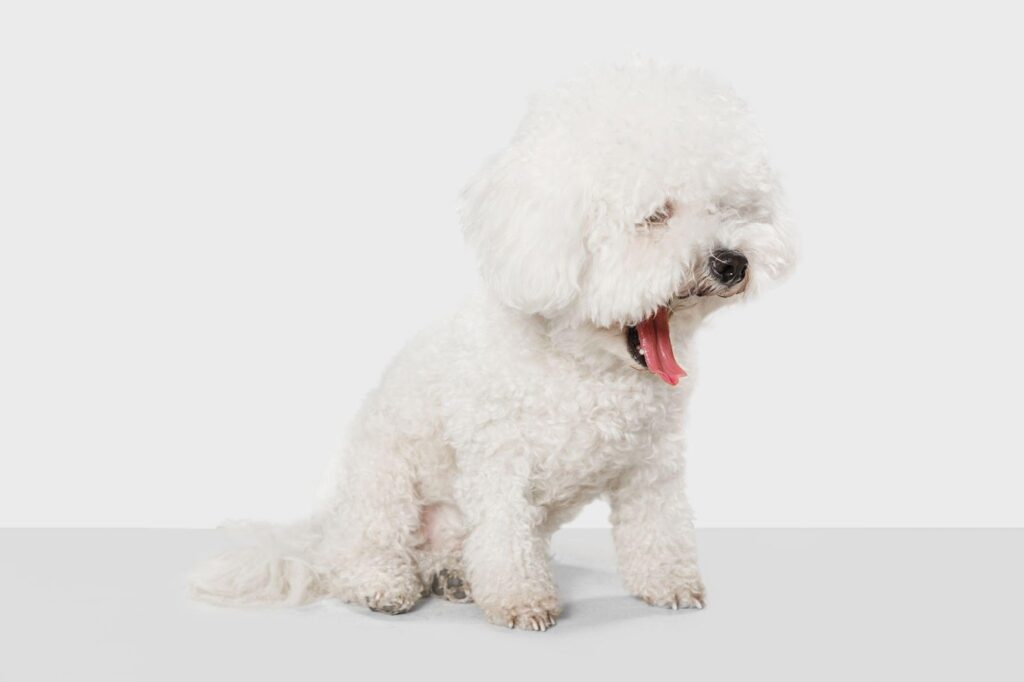Everything you need to know about Hypoallergenic Dogs

Are you looking for a furry friend but are worried about your allergies? Hypoallergenic dogs may be the perfect solution! Learn everything you need to know about these special dogs, from what causes their low-shedding coats to which breeds are best for allergy sufferers.
What are hypoallergenic dogs?
If you’re looking for a hypoallergenic dog, you may be wondering what exactly that means. In short, hypoallergenic dogs are those that are less likely to cause an allergic reaction in people.
There are a few different reasons why a dog might be considered hypoallergenic. One is that they don’t shed much, or at least not as much as other dogs. This means there’s less dander – the dead skin cells that can trigger allergies – floating around in the air.
Another reason is that hypoallergenic dogs tend to produce less saliva and therefore less of the protein that can cause allergies. Breeds that fall into this category include poodles, bichons frises and malteses.
Of course, no dog is completely hypoallergenic and it’s always best to meet any potential new pet before making a commitment. But if you’re looking for a furry friend who is less likely to cause allergies, these breeds may be worth considering.
The pros and cons of owning a hypoallergenic dog
There are a lot of reasons to love hypoallergenic dogs – they don’t shed, they’re often less prone to allergies, and they come in a wide variety of breeds. But before you adopt one of these special pups, it’s important to weigh the pros and cons.
On the plus side, hypoallergenic dogs are perfect for people with allergies. They don’t shed, so there’s no need to worry about constant cleaning or dealing with sneezing and watery eyes. And, since they’re often less prone to allergies themselves, you won’t have to worry about spending a fortune on vet bills.
However, there are some downsides to owning a hypoallergenic dog. For one, they can be more expensive than non-hypoallergenic breeds. And, because they don’t shed, they require regular grooming – which can add up over time.
So, if you’re considering adopting a hypoallergenic dog, be sure to do your research and weigh the pros and cons carefully. With a little bit of planning, you can find the right one.

How to care for a hypoallergenic dog
If you’re allergic to dogs but still want to enjoy the companionship of a furry friend, you may be considering getting a hypoallergenic dog. While there’s no guarantee that any dog will be completely hypoallergenic to everyone, there are certain breeds that are less likely to trigger allergies.
When considering a hypoallergenic dog, it’s important to do your research to find a breed that will be a good fit for your lifestyle and personality. Once you’ve found the perfect pup, there are a few things you’ll need to do to make sure they’re comfortable in their new home.
Here are some tips for caring for a hypoallergenic dog:
1. Keep them well-groomed Hypoallergenic dogs don’t produce as much dander as other breeds, but they still need to be groomed regularly. Brush them weekly and bathe them every few weeks using a mild, hypoallergenic shampoo.
2. Vacuum often:To reduce the amount of pet dander in your home, vacuum regularly with a HEPA filter vacuum cleaner. Be sure to vacuum carpets, upholstered furniture,
The best hypoallergenic dog breeds
When it comes to hypoallergenic dogs, there are a few different breeds that stand out. These dogs are perfect for people with allergies, as they don’t shed much and produce very little dander.
Some of the best hypoallergenic dog breeds include:
- Bichon Frise
- Maltese
- Yorkshire Terrier
- Toy Poodle
- Miniature Schnauzer
- Chinese Crested Dog
These breeds are all great choices for people with allergies, as they are low shedding and don’t produce much dander. If you’re looking for a hypoallergenic dog, one of these breeds is sure to be a good fit for you.
Hopefully this article has given you a better understanding of hypoallergenic dogs and what to expect if you’re thinking of getting one. They can be a great option for people with allergies, but it’s important to do your research first and make sure you’re prepared to take care of a dog with special needs. If you have any questions or concerns, feel free to reach out to a professional for more information.
For more furry destinations, latest blogs, events, and providers you can stay updated by following us on Instagram and signing up for our newsletters.

